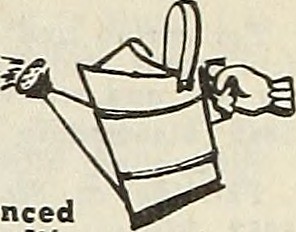Growing Peppers Indoors: Guidelines & Tips
Growing peppers indoors is a great way to enjoy some of your favorite produce without having to go outdoors. Whether you want to have fresh bell peppers, jalapenos, poblanos, or habanero peppers, you can start your own pepper garden, right in your own living room or kitchen! Here are a few guidelines and tips to help you get started growing peppers indoors.
Temperature, Light, Soil and Water Requirements
Peppers like it warm, with temperatures between 70-85 degrees Fahrenheit being ideal. It’s best to keep them away from windows and other colder areas. For sufficient light, you can either place them close to a sunny window or use artificial light. Peppers need good soil, so make sure it’s well-draining and full of organic matter. Make sure the soil is moist, but not soaked—it’s best to water them when the top soil is dry to the touch.
Choosing Seeds and Transplanting
When choosing seeds, pick ones that can thrive indoors, such as bell peppers, jalapenos, poblanos, or habanero peppers. You can purchase seeds at your local hardware store or online. Once you have your seeds, you’ll want to start germinating them in containers or peat pellets. Once sprouted, they can be transplanted into pots or containers with enough room for them to grow and thrive. Make sure your containers have drainage holes in them so the soil can drain properly.
Feeding & Maintenance
Your peppers will need regular feeding to help them reach their full potential. Consider using a balanced, organic fertilizer such as fish emulsion. Make sure to dilute the fertilizer to half strength, as peppers can be sensitive to chemical fertilizers. You can also consider adding a layer of mulch to lock in moisture and prevent weeds from growing. Maintaining your pepper plants will also involve removing any dead leaves and flowers, pruning the plants for better air circulation, and making sure they’re well-watered. Regularly check the soil for moisture and don’t water too much, as too much water can lead to root rot.
Harvesting
Once your peppers start to ripen, you can begin harvesting. Bell peppers, in particular, can take a few weeks to get to their desired size before you can harvest them. It’s best to regularly check for ripening peppers and to pick them when they are still firm. When your plants have stopped producing, you can prune them back and start another season of peppers!
Conclusion
Growing peppers indoors is an easy way to enjoy your favorite peppers without having to go outside. Just remember to give your plants enough light, water, and nutrients, and you’ll be rewarded with a steady supply of delicious peppers!



